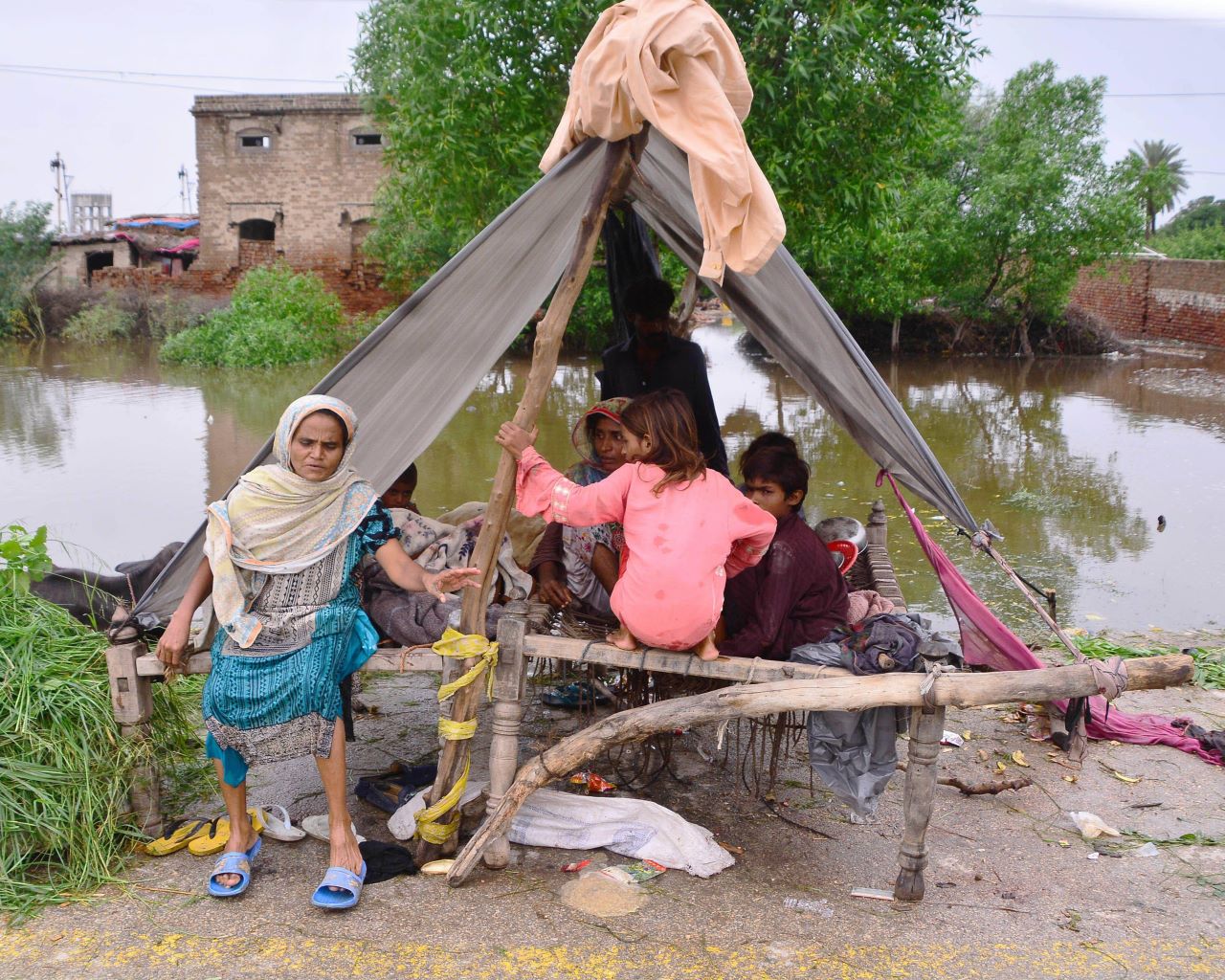Immigration is going to be one of the hot political issues of 2024 in Ireland and beyond. In Ireland, the number of migrants entering the country in the year between April 2022 and April 2023 stood at 141,600, an increase of 31 per cent on the previous year according to the ESRI. In the same period, 64,000 people left Ireland, a 14 per cent increase in emigration. Meanwhile, a total of 13,651 applications for international protection were made in 2022, a 415 per cent increase from 2021 and the highest number of asylum applications on record in Ireland. The top…
Cancel at any time. Are you already a member? Log in here.
Want to read the full story?
Unlock this article – and everything else on The Currency – with an annual membership and receive a free Samsonite Upscape suitcase, retailing at €235, delivered to your door.

